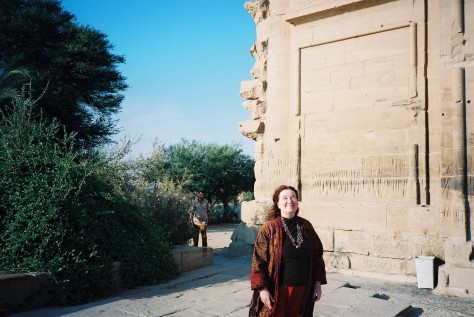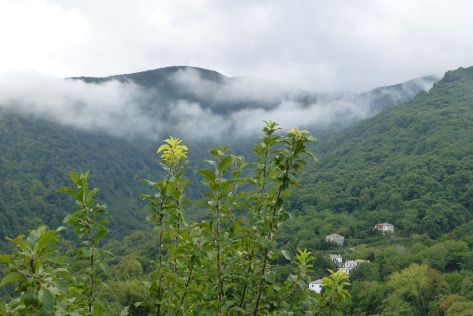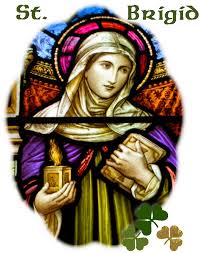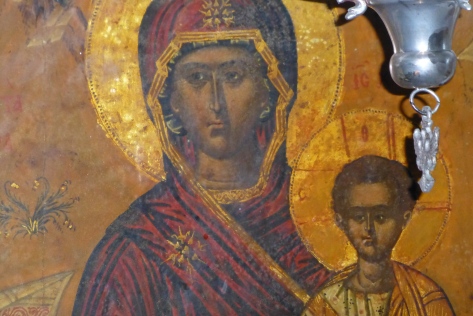The next day our tour bus takes us to Saqqara on the West Bank of the Nile, about 18 miles south of Cairo. We walk over sand fields to see Old Kingdom Pyramids, some looking now like haphazard piles of stones. It is furnace-hot and we are reminded to drink lots of water.
We emerge from exploring a tomb, its walls alive with colourful scenes from the life of Mereruka, the man buried there. The sun is a cylinder of fire against a distant pyramid, then a copper coin in the darkening sky, as the earth rolls eastwards. By the time we reach the Step Pyramid, it is fully dark, and a pale moon is gathering her energy to light our way. I see a few faint stars, but do not recognize any constellations.
Our group gathers in silence before the entrance to the Step Pyramid, some five to six thousand years old, the first route of initiation in the ancient Egyptian Mystery Rites. In a rush of awareness, our reason for being in Egypt fills me. I am fully here.
With Jean Houston leading the way, we enter a long narrow passageway with tall pillars and a high roof. To our left and right, deep arches open out to the night, like the side altars in a cathedral. The wind is rising, stirring the air through which we walk, creating a pleasant coolness after the day’s heat. I reach into my backpack, pull out my shawl, glad of its warmth. I am aware of the burden of backpack, purse, water bottle, camera… items no ancient initiate would have carried. Ahead of us, Jean is emerging from the passageway, calling out to the ancient ones: Open yourselves to us as we open to you.
We are in an inner courtyard, already dusky in the failing light. Across an expanse of sand, the Step Pyramid huddles against the sky, a black shape, a mythic beast, a cave of unknowing, awaiting us. The doorway is narrow, and we enter single file.

The Step Pyramid
Inside we walk along a corridor, stone walls and ceilings strengthened against calamitous collapse with steel bars, structures of wood. Here and there electric lights bless the darkness. We walk in silence, with great care, aware of danger.
Ahead, Jean is waiting for us at the edge of a sheer drop. One by one we are invited to look down. I stand at the edge, unprotected by any kind of barrier, leaning forward in order to see all the way down, some three or four stories, to the burial chamber. The cavernous darkness is unrelieved by any artificial light except that which seeps down from the high place where we stand.
I am looking into a walled chamber, the stone darkened by millennia of dampness, to the small stone floor where once Djoser’s body rested. I see only emptiness, an emptiness that is in its way more disturbing than seeing what belongs there. I see all of this in a glance, realize a glance is all I want.
“Deep are the wells in our minds, our hearts, our being,” Jean says. “ Here we are in the land of depth, here in the oldest architectural structure known to humankind. There are many, many tunnels that bridge from here, three miles of tunnels in this the principal, first route of initiation.
“We think of so many things in which and to which we require initiation. For many of you the initiation is into new life, into new ways of being, into the emerging of what is possibly the end of times but it is also the opening time. Here in this ancient place which was the annunciation of the prophetic moment, is the annunciation that we have entered into a whole new order of civilization.
“Let us take it in our hearts that from this moment forth, from this primordial place, this great sacred mound, from which the genius of Imhotep emerged to create a structure that would be known from time out of mind, from this place of initiation, this place from which a great, great civilization grew … that this is the place from which we affirm, we say, we heartfully know that a great world civilization will begin again.We are in the ending times, we are in the closing times, we are in the opening times.
“Let us speak aloud the words of ancient Egypt: SA the creative breath of life, infusion of new life, energy, inspiration; SEKHEM the creative word of power, that can move in all of us so that we can take the fullness of our creative power into the world; SAHU the perfectly realized being within, the essence who holds the measuring, who holds the beginning and the end and the new beginning, that holds the love that moves the sun and all the stars, that creates the entrance to new life, the energy to be a vehicle of the patterning.”
We reach out to touch one another lightly, as might astronauts about to step out onto the moon.
“The new begins now,” Jean says. “The new that Teilhard de Chardin saw: The day will come when after harnessing space, the winds, tides and gravitation, we shall harness for God the energies of love. And on that day, for the second time in the history of the world, we shall have discovered fire.”
We are again in the large sand covered courtyard, now in full darkness. Each of us is offered a candle, already lighted, to guide our way back. We are walking slowly, looking up to where the night sky is alive with stars. I am stunned at the beauty, seeing patterns as ancient as the universe, as new as my own breath.
As we enter the corridor of pillars, tears well up in my eyes, fall freely. An inner wave of emotion surges though my body, as the encounter with the Sacred Feminine in my community’s prayer room two months earlier takes on deeper meaning. I know now I am experiencing a triptych of healing that is a rebirthing: with my mother, with my community, with the Holy Feminine, whoever she is, by whatever name I call her: Mary? Isis? At this sacred moment, names do not matter.













